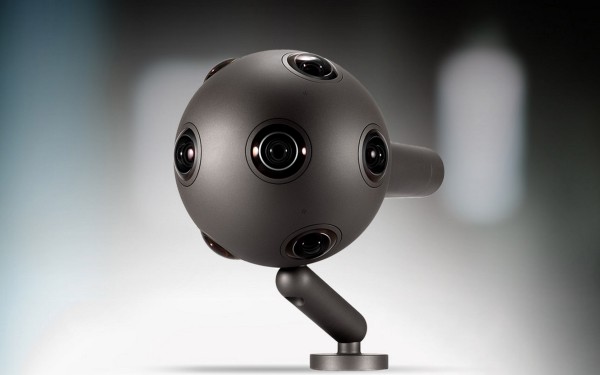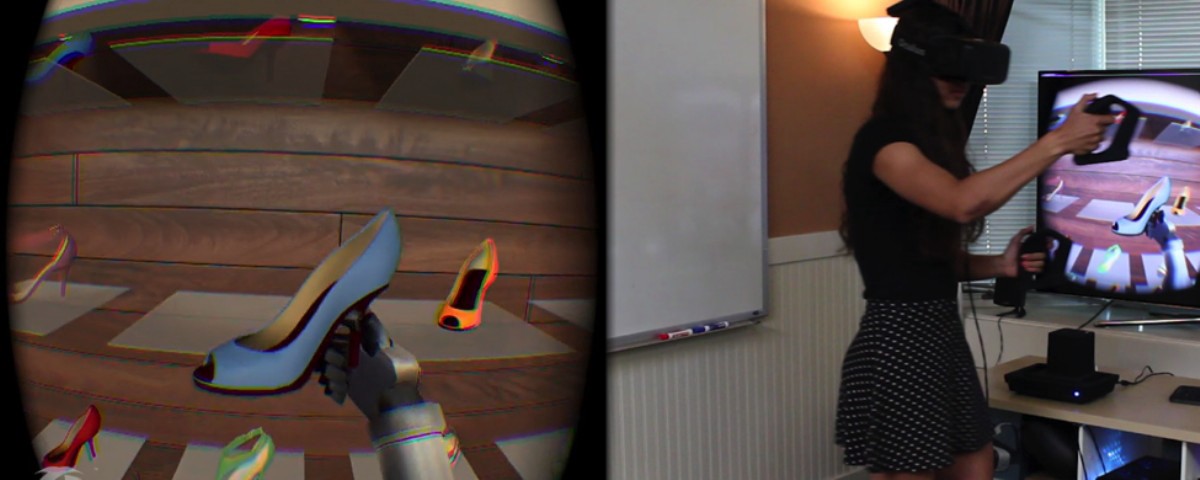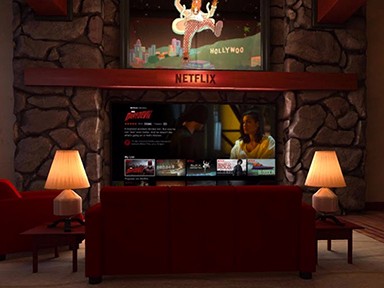The VR industry is growing at a ferocious rate. New HMD’s are making their way into the market, software is releasing and content is constantly created from a variety of sources. During this influx of startups emerging in the space, and traditional studios, software and hardware players entering the space, there is a constant question that’s being asked: “How will you make money?”.
Most of the time, we hear answers that are different versions of “We’re currently not making any money, but hope not to go out of business before the market hits mass adoption”. While this was true in 2015, we’re now starting to see new ways to monetize VR. Brands release marketing videos, studios create VR experiences to accompany traditional media releases, and so on.
My claim is that these different monetization strategies are not as chaotic as they might seem in first glance, but rather are just borrowed from different industries. Even at this early stage, not only that we can already see several strategies employed, but we can also predict some of the strategies that will be used in the near future:
Existing Monetization Strategies
Buy and Rent (Hardware)
Hardware companies (HMD’s, Input devices, Cameras and such) let you buy their products, or rent them. Companies such as Oculus, HTC, Samsung, MergeVR, OSVR and DodoCase, let you buy their products directly from their sites, or in some cases through brick and mortar retails stores (such as BestBuy). If you’d like a high end camera system you can purchase the Nokia Ozo or a Google Odyssey, or alternatively, companies such asRadiant Images allow customers to rent these camera rigs and other capture devices for a daily/weekly rate.
SaaS / Licensing (Software)
Another early monetization strategy we see is taken from the software world. Traditional tool creators, such as Adobe, The Foundry, and Dolby, as well as new entrants such as Retinad, and 2BigEars (Before the Facebook acquisition) have a SaaS model pricing, and companies such as Otoy use a licensing (per seat) pricing model. This is in hopes of building a large consumer base that provides a constant stream of cashflow. The key metric in this world are the same as in other software solutions, such as Customer Acquisition Cost (CAC), Customer Lifetime Value (CLTV) and Churn Rate.
Commission (Media Production)
360 video production houses use the same type of monetization model as traditional media companies – commission work. A-la-cart post production services such as stitching, editing and sound mixing are beginning to have standardized pricing. For example, 1 minute of stitching could cost you between $4,000 and $10,000, depending on the quality of the stitch you’re looking for. Like we’ve seen and learned from the traditional media production world, we expect to see these services commoditizing in the relatively short term, probably between 12 and 24 months, since the video standards and production methodologies are still not yet formalized and standardized for the industry.
More complex content creation, such as fully immersive experiences for the Oculus Rift or HTC Vive, can be commissioned from VR studios (such asGrooveJones that made the McDonald’s HappyMeal experience), or game studios (such as Sidekick VR that created the “Now You See Me 2” VR game for the GearVR).
Freemium / In app purchases (Mobile)
Future Monetization Strategies
E-commerce (Web)
Pay Per View / Subscription (TV)
Companies such as NextVR and Vantage.TV specialize in event streaming in VR. Very soon GearVR owners will be able to watch sports events (NBA, Boxing, etc.) and live music concerts using either a pay per view model, or a monthly subscription. Streaming companies such as Hulu, Amazon and Netflix are working on opening up the platforms to 360 content, which will open the floodgates to an existing install base of millions.
Distribution Rights (Film)
Once creators are able to tell compelling stories in this new medium, platforms would begin to enable the distribution of such content. Borrowing from the film industry model, we would most likely see distribution rights agreements where studios (or independent creators) own rights for the content, and sell distribution rights based on geography. The buyers would be streaming platforms such as Netflix/Hulu, but might also be VR-Arcade type shops, with tens of rigs showing different kinds of movies and games.
Ads (Internet)
The last classic monetization strategy to come would likely be ad revenue model. Once the hardware install base crosses a certain threshold, CPM models would kick in and become profitable. With the increased data that could be collected on consumers (actual product placement impressions, since we know where people look), VR would likely become a lucrative ad/product placement medium for brands.
Summary
As a medium, VR opens monetization strategies that are derived from the type of its content. Software follow software models, content follows content models, etc. That being said, like with any other new platform, VR will bring new monetization strategies that would be impossible to predict (such as SaaS for internet software). What will be the unique monetization strategy that VR could bring? Only time will tell.
Agree? Share. Disagree? comment below (and share :)). Would love to hear your thoughts!
This post is authored by Sivan Iram and it originally appeared on Medium.
































